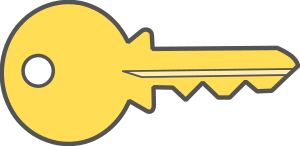Friction Lab
Project #525 on iSENSEProject.org
Purpose: To investigate the relationship between the weight of an object on a flat surface surface and the static and kinetic frictional forces acting on the block as it is pulled.
Materials: block and flat surface (each team to use a different combination of materials), string, spring scales, brass mass set
Procedure:
-
Select a pair of block-surface materials different for each team.
-
Tie a string on the block (to be used for pulling the block)
-
Measure the mass of the block in [kg]and calculate its weight in [N].Record your answers on the data table.
-
Add 200g (0.2 kg) of mass to the top of the block.Hook a spring scale to the spring and pull carefully, slowly increasing the force until JUST BEFORE the block moves.Do this a few times to see the highest pulling force.Record the highest pulling for (FFS = force (max)_ due to static friction) on the data table.
Note: Make sure you are reading the N (newton) side of the scale, and be sure to choose the appropriate sized scale…it should stretch beyond the half-way point
-
Using the same mass, now gently and slowly pull the block across the surface at a slow, constant velocity.Do this a few times and and decide what average pulling force you are applying.Record the highest pulling for (FFK = force (max)f_ due to kineticfriction) on the data table.
-
Repeat steps 4 & 5, increasing the mass by 200g each time.You should end up with six data points.
| Name | Units | Type of Data |
|---|---|---|
|
F-normal
|
N
|
Number
|
|
F-statfriction
|
N
|
Number
|
|
F-kineticfriction
|
N
|
Number
|
| F-normal | F-statfriction | F-kineticfriction |
 CP Pd2 2014
CP Pd2 2014